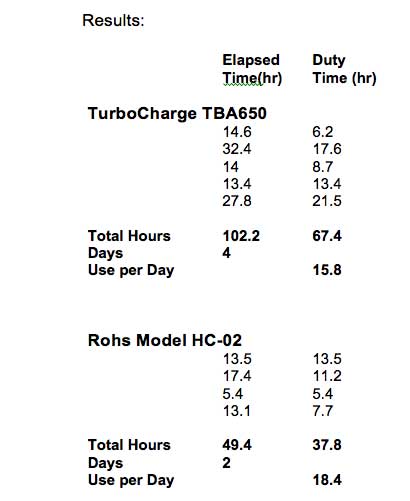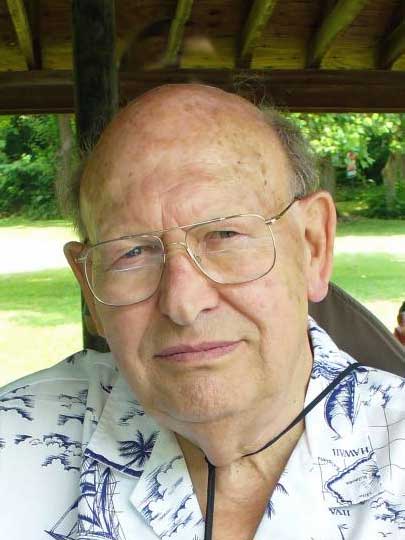"Beware MLMUG Tinkerers"
[ home | reviews | bylaws | library ]
|
View all our book reviews. Or, view our Software, hardware, and game reviews.
by Wolfgang Gunther
I love my iPod touch (hereinafter referred to as iTouch). In normal use at home I have overcome it's greatest drawback: lousy battery life with apps that are screen intensive. Unfortunately, those are the majority of apps that I use. Music is the least of my worries. I also don't like the hassle of being interrogated as to my honorable intentions whenever I plug the iTouch into a computer USB port. So I have two 110-to-5 Volt charging stations next to my email computer and my favorite chair, respectively. This solution works only if I don't leave home. It wouldn't help me read a novel, watch a video or play solitaire aboard a plane. And it certainly wouldn't allow me to take field notes on an African safari. So my search for a convenient power backup solution was on. Several of my Olympus cameras take four rechargeable Nickel Metal Hydride (NiMH) AA batteries. I have many "Monster" chargers and even more batteries, each set labeled A1, A2, A3, A4, B1, B2, B3, B4, etc., to keep sets together. I also have a unique little Brookstone Battery tester that lets me determine which battery has dropped dead when my camera refuses to start. It seems that NiMHs fail by first appearing to be full and then dropping to zero without any warning half-way through the use cycle. If one battery in a set shows that behavior, I either toss out the whole set or bar the remaining three from camera use. Wouldn't it be nice to be able to operate my iTouch from my plentiful supply of AA size portable power? Yes indeed, and I found a gadget I liked at Amazon.com that allows me to do exactly that. It carries the somewhat grandiose title "Turbo Charge TC2 Portable Charger for iPod and iPhone by Turbo Charge" (TBA-650) (Link and photo above). It costs $20.37 and comes with free shipping if your order exceeds $25. Let's call it the TBA-650 for short. By a curious coincidence (I had not even received the Internet order yet) our Webmaster received an offer from the PR person at Budget Gadgets: Would we be interested in reviewing their emergency battery charger for an iPod? This one costs $5.55 singly, $4.99 for bulk (10+) purchases. It was sent to me from Hong Kong, arriving in a week in a package that identifies it as a Rohs Model HC-02. I'll call it the HC-2; photo above. Both devices take two AA batteries and have a connector that locks securely into an iPod socket. Additionally, the TBA-650 sports a three-position switch and a bank of lights: one to indicate that it is switched on, three for charge level, and two powerful LEDs that function as a flashlight. No such extras for the HC-2, but it does have a retractable 24" extension cord that lets you put the bulky item out of the way while you are working and drawing power at the same time. How to test The iTouch displays its green battery if the selector button is punched while it is asleep. That seems like a good way to measure. The iTouch also offers a warning when the charge level has dropped to 20%. If you ignore it, the battery color changes to a vicious red. That is another good indicator point from a user perspective. The iTouch has a handy native notepad app so I can record data on the spot, like clock times when an event is happening. Once done, the notepad page can be e-mailed out. I was not going to do this test by devoting 100% of several days to it. Rather, I proposed to test it as a user, some days with little and some days with lots of energy-consuming activities. Here is the procedure I followed:
Preliminaries:
Problems: Both devices developed faults with their battery compartment enclosures. With batteries installed, the lid on the TBA-650 could only be pried open using a tool from my Swiss Army knife. Eventually, the recalcitrant tab simply broke off and I am stuck with a rubber band holding things together. The equivalent lid on HC-02 never latched properly. You guessed it — another rubber band. Comment: What I don't quite understand is why these manufacturers go to the considerable expense of including a plug to match the specific iPod socket. I had expected the port to be a 5 Volt USB socket, since every iPod owner has a cord to plug into USB or the 110-to-5 V USB power supply that Apple offers.
This site has many more reviews, all written by MLMUG members.
[ home | newsletter | past | join | listserve | shareware | directory | links | md9 ] © 2009 by Wolfgang Gunther & MLMUG |
||||||||||



